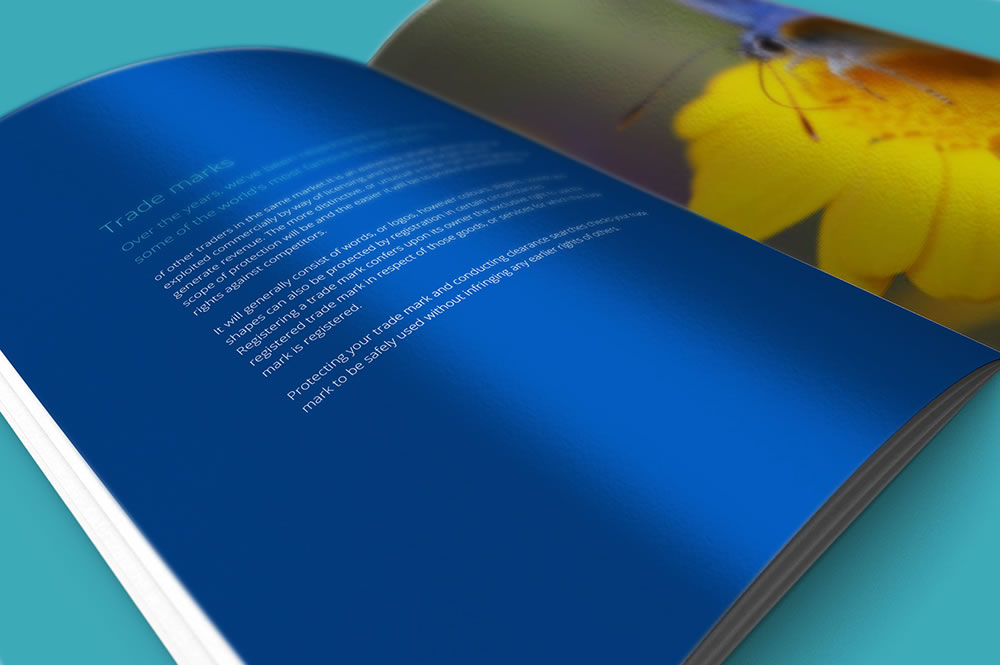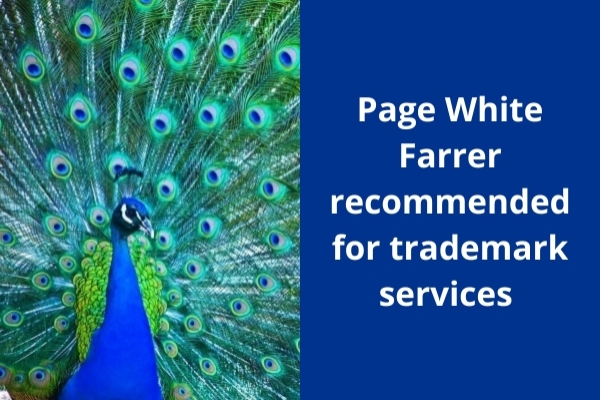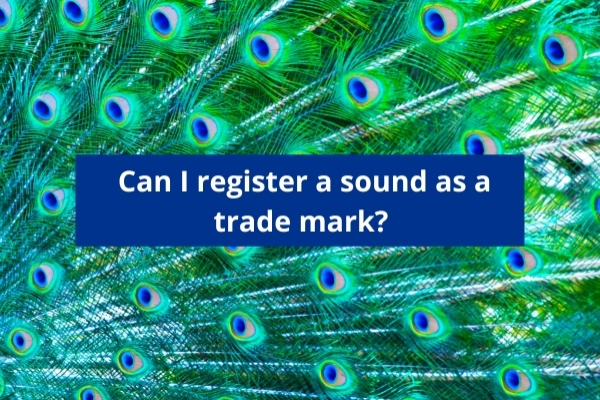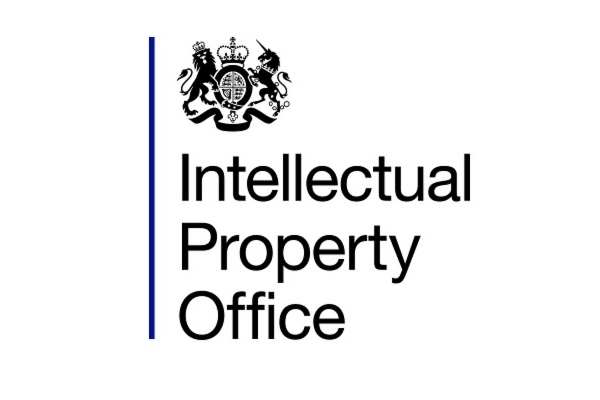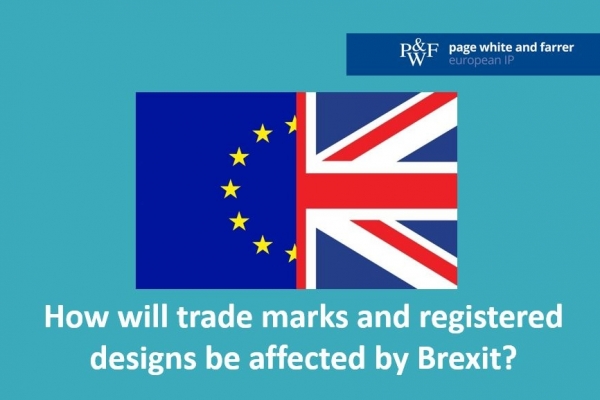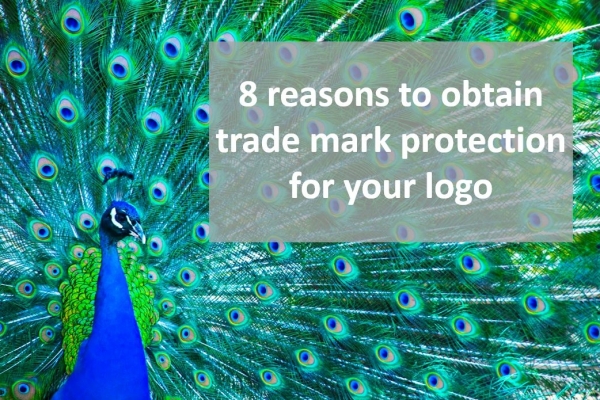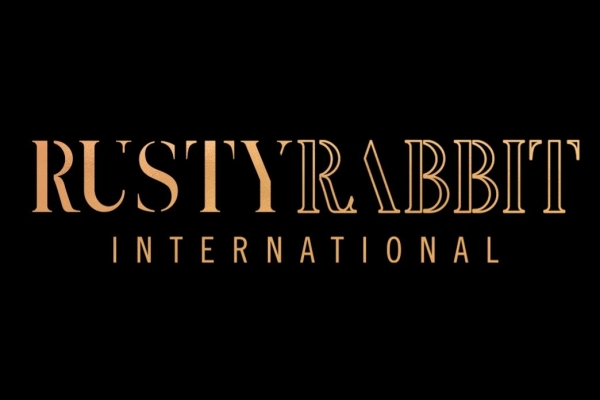Brand and trade mark audit
A review of your trade mark rights is a useful means to ensure that your company’s brands are protected for relevant goods and services in the countries where they are used.
An audit will disclose any gaps in protection and filling those gaps will help you to maximise the exploitation of your rights as far as possible and defend your brands. This can potentially lower the costs of enforcement action and help build a stronger, more distinctive brand leading to better sales revenue and licensing royalties. A trade mark audit is generally not a complex event, but it can be overlooked where companies do not take a long-term, strategic view but focus on day-to-day issues only.
What does a trade mark audit consist of?
Review - the review stage involves identifying the trade marks used by the company, where they are used and what they are used for, obtaining an up-to-date list of current trade mark protection and identifying any licences and settlement agreements.
Assessment - the information from the review stage is analysed with consideration being given to the following:
- Are there any new trade marks that have come into use that are not protected?
- Are the trade marks being used in the same form as the versions that were registered years ago or have there been changes to lettering or logos?
- Do the registrations still cover the goods and services for which the trade marks are used?
- Do the registrations cover your manufacturing, promotional and retail sales markets? The countries of manufacture may have changed so you may now encounter counterfeits from new directions. Your consumers may be in new countries as a result of your marketing efforts or due to political and economic changes in the world.
- Are your trade marks being used with the appropriate symbols to show that they are trade marks, or registered trade marks? This can help prevent them from becoming generic and worthless.
- Do you have any marks that have been registered for over five years where due to your lack of use they could be cancelled? Consider if there are any proper reasons for the non-use, or put them into use.
- Are any of your trade mark registrations subject to mortgages and security interests where these should be removed from the register as loans have been paid off?
- Are there any old domain names and trade marks that are no longer used where you could save money by not renewing them, recycling them for a different range of products or even selling them?
- Is the ownership of the registrations correct?
- Are any licensees complying with the terms of their licences and are you complying with the terms of licences in your favour?
Improvement - the action taken will depend on the findings from the review and assessment stages, but can include:
- conducting trade mark searches to ascertain whether previously unprotected marks are available for registration and then seeking rights;
- securing domain names in line with your current use and in parallel with the trade mark registrations;
- registering previously un-registrable marks, for example descriptive marks that have been so extensively used by you, that they have become distinctive through use. These are often the most valuable type of trade mark and it is important to regularly review whether there are options for creatively improving your protection;
- reviewing owner details, such as where the company name, or address is changed to ensure that there are no delays and problems, when you enforce your rights;
- putting in place a system to monitor infringement by other parties. This includes reviewing internet content, setting up customs watches and company name and trade mark watches that are more in line with your current branded activities;
- taking Steps where a licensee’s use does not comply with the terms of its licence and recording licences at Intellectual Property Offices;
- taking steps to ensure that your company complies with the terms of any licence granted to it and any settlement agreements;
- securing better overseas protection, for example by adding countries to Madrid International registrations; and
- adopting cost saving measures, such as merging registrations and claiming seniority, so as to save expense on renewals.
The outcome of a successful trade mark audit will ensure that your protection is relevant to your current needs, make it easier to litigate and defend your interests, build a stronger and more valuable brand and generate higher sales. It will also help you better to exploit the rights, whether this is with new opportunities for licensing and obtaining royalties, by selling part of a business, or by developing further branded product sales.


